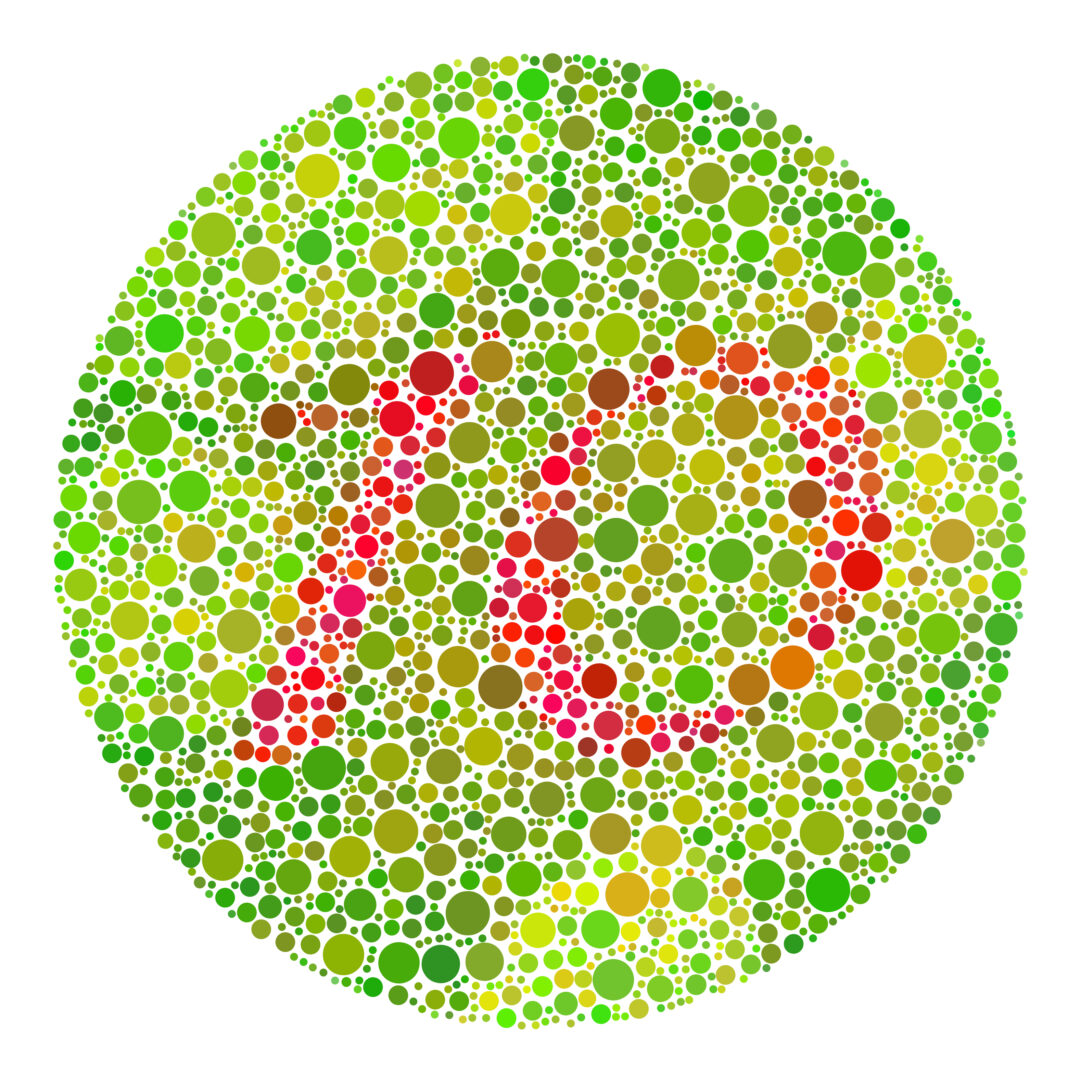
Color blindness test mosaic.

Color blindness test mosaic.

Color blindness test mosaic.
Airdate: May 31st, 2023
About 12 million Americans are colorblind. Worldwide, one in 12 men and one in 200 women are colorblind. That works out to 360 million people who are colorblind around the world.
The term “colorblind” can be misleading. Most colorblind people can see many colors but not as broad as others. It is extremely rare to see in black and white only.
If colorblindness is so common, what causes it? And do people who are colorblind just learn to adapt, can they be treated or cured?
With us on The Spark Wednesday was Dr. William Smith, Assistant Professor of Ophthalmology at the University of Pittsburgh School of Medicine and Director of the Low Vision Service at UPMC, who told us,”There’s three different types, there’s red green color deficiency, which is the inability to detect the difference between red and green. There’s blue and yellow, which means that blue people have a hard time telling blue and green apart and red and yellow, and then obviously the complete blindness. But even with in the red, green and blue yellow, it would be it would be their classifications like mild, moderate and severe. So even within that, there’s different expression of the of the ability to detect color.”
Colorblindness can’t be cured can Dr. Smith said it can be treated,”For many years we’ve used a red tinted contact lens in the patient non-dominant eye, which helped change the wavelength. So it just help people be able to kind of discriminate the differences between between red and green, for instance, on a traffic light in that same vein. There were also tinted glasses that were usually tinted, a magenta color. And again, it kind of distorts how the light goes back to the eye and allows people to keep note the change between the colors. And then most recently there were lenses and glasses called in chroma lenses, which really increased the separation between the colors of the light. And then people were able to see colors more vibrantly, clearly and distinctly. So I would say that in chroma glasses would probably be closest to. Detect to be able to see color more naturally where the other devices are. Really the other options are just really trying to get a discrimination between to two separate colors.?
The days of journalism’s one-way street of simply producing stories for the public have long been over. Now, it’s time to find better ways to interact with you and ensure we meet your high standards of what a credible media organization should be.